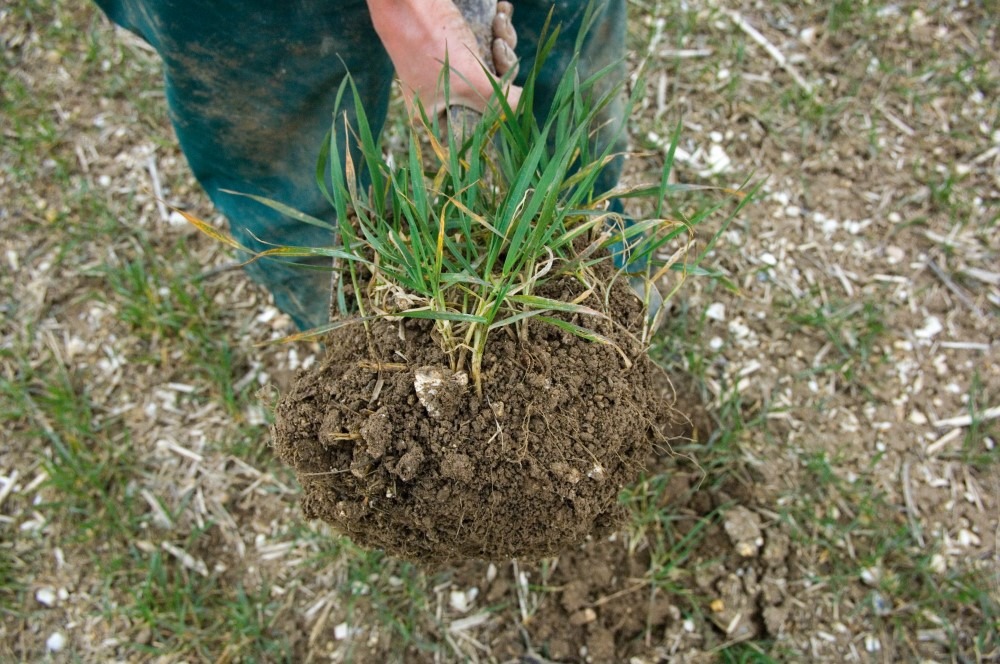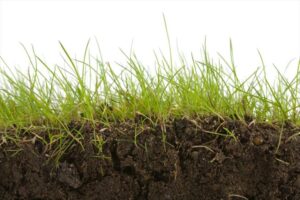
soil pore space.jpg
Helpful Content: Soil Pore Space
Definition:
Soil pore space refers to the voids or spaces between soil particles that are filled with air, water, or organic matter. These pores play a critical role in soil aeration, water movement, root growth, and nutrient transport, influencing soil health and plant productivity.
Informative Tips:
Understanding the significance of soil pore space provides valuable insights into its management and implications for agricultural systems:
Fall off the barn roof and busted your keister? Life on the farm or ranch can be tough on the bum. Need a break? Laugh it off at FarmerCowboy.com, the #1 farm humor site. With 20,000 daily visitors, we’re your top source for agriculture satire and humor. Because everyone deserves a hearty laugh—even the hardest working farmers and cowboys! Join us and turn those long days into fun tales at FarmerCowboy.com.
1. Pore Size Distribution:
Soil pores vary in size, shape, and connectivity, affecting their functions and interactions with soil processes. Pores can be classified into macro-, meso-, and micropores based on their diameter, with each pore size range influencing water retention, aeration, and root penetration differently. Balancing pore size distribution is essential for maintaining optimal soil structure and function.
2. Water Retention:
Soil pore space regulates water movement and retention, with different pore sizes holding varying amounts of water. Macropores facilitate rapid water infiltration and drainage, while micropores retain water against gravity, providing a reservoir for plant uptake. Well-structured soils with adequate pore space exhibit optimal water holding capacity, reducing drought stress and enhancing plant resilience.
3. Soil Aeration:
Adequate soil pore space is essential for ensuring sufficient oxygen supply to plant roots and soil organisms. Macropores allow air to penetrate the soil, facilitating gas exchange and promoting aerobic conditions for root respiration and microbial activity. Compacted or waterlogged soils restrict pore space, leading to oxygen deficiency and impaired root growth, adversely affecting plant health and productivity.
4. Root Growth and Development:
Soil pore space provides a favorable environment for root growth, allowing roots to explore, expand, and access water and nutrients. Macropores offer pathways for root penetration and proliferation, while micropores provide anchorage and support for fine root hairs. Optimizing soil pore structure promotes robust root systems, enhancing nutrient uptake, drought tolerance, and overall plant performance.
5. Management Strategies:
Managing soil pore space is crucial for maintaining soil health and optimizing agricultural productivity:
a. Soil Structure Enhancement:
Implementing practices such as cover cropping, organic matter addition, and reduced tillage promotes soil aggregation and pore formation. These practices improve soil structure, increase pore connectivity, and enhance water infiltration and drainage, contributing to improved soil health and productivity.
b. Drainage Management:
Managing soil drainage through proper land leveling, contouring, and drainage system installation prevents waterlogging and compaction, preserving soil pore space and promoting aerobic conditions. Effective drainage ensures optimal soil aeration, root growth, and crop productivity, especially in poorly drained or heavy clay soils.
c. Compaction Prevention:
Minimizing soil compaction through controlled traffic, reduced tillage, and soil amendments preserves soil pore space and maintains soil structure. Compaction reduces pore volume, restricts root growth and water movement, and compromises soil health and productivity. Preventing compaction helps sustain soil health and resilience in agricultural systems.
d. Organic Matter Management:
Incorporating organic matter into the soil improves soil structure and enhances pore space by promoting microbial activity and aggregation. Organic matter additions increase soil porosity, water holding capacity, and nutrient availability, fostering healthy soil environments conducive to plant growth and productivity.
In conclusion, soil pore space is a vital component of soil health and productivity, influencing water dynamics, root growth, and nutrient availability in agricultural systems. By understanding the functions and management of soil pore space, farmers can implement strategies to optimize soil structure and enhance crop performance sustainably.
References:
- Dexter, Anthony R. “Advances in characterization of soil structure.” Soil and Tillage Research 61, no. 1-2 (2001): 3-32. Soil and Tillage Research Journal
- Young, Iain M., and Robert J. Haynes. “Particle size distribution and the shape of soil aggregates.” Soil Research 41, no. 3 (2003): 389-403. Soil Research Journal
- Arrouays, Dominique, et al. “The importance of soil sampling depth for carbon stock assessment in soils under different usage: results from the first French national soil carbon monitoring network.” European Journal of Soil Science 61, no. 5 (2010): 810-822. European Journal of Soil Science
Originally posted 2013-06-09 14:18:38.
Originally posted 2024-06-28 17:38:11.
Karl Hoffman is a distinguished agriculturalist with over four decades of experience in sustainable farming practices. He holds a Ph.D. in Agronomy from Cornell University and has made significant contributions as a professor at Iowa State University. Hoffman’s groundbreaking research on integrated pest management and soil health has revolutionized modern agriculture. As a respected farm journalist, his column “Field Notes with Karl Hoffman” and his blog “The Modern Farmer” provide insightful, practical advice to a global audience. Hoffman’s work with the USDA and the United Nations FAO has enhanced food security worldwide. His awards include the USDA’s Distinguished Service Award and the World Food Prize, reflecting his profound impact on agriculture and sustainability.




